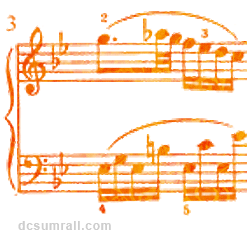 In my book, The Heir to the Unexpected, I needed to keep the story easy to follow while staying true to the southern accent. As my wife still needs translation of Southern to Northern American English when we visit my real family down there, this isn’t always such an easy balance! One of the challenges to complicate this is how to capture a Southern accent at different educational levels- this goes well beyond the use of “ya’ll” and “ain’t”. Check out the IDEA (International Dialects of English Archive) : it’s was started by Professor Paul Meier as a resource for actors to hear real-life examples of specific English accents and dialects.
In my book, The Heir to the Unexpected, I needed to keep the story easy to follow while staying true to the southern accent. As my wife still needs translation of Southern to Northern American English when we visit my real family down there, this isn’t always such an easy balance! One of the challenges to complicate this is how to capture a Southern accent at different educational levels- this goes well beyond the use of “ya’ll” and “ain’t”. Check out the IDEA (International Dialects of English Archive) : it’s was started by Professor Paul Meier as a resource for actors to hear real-life examples of specific English accents and dialects.
For example, I have a supporting character who didn’t finish high school and I therefore wanted her to speak in broken Southern American-English. As I began exploring character interactions, it became apparent that not only did I need to think about her accent, but I also had to rethink how I crafted those conversations based on her educational level. For example, if I wanted a character to make a statement like:
“Your mother’s turnip greens don’t taste as good as my mother’s because she doesn’t use enough ham bone fat to cook them.”
I need to adjust both the sentence structure as well as the specific language and pronunciation to read appropriately. This translates into something like:
“Ya mama’s greens ain’t as good as minz ‘cause they don’t glow enough.”
Imagine an entire chapter written with this type of accent/grammar style. I would be pushing the patience of you, the reader, to a point that you would likely quickly quit. So, to better align the accent, education level and conversation to one that the reader could more easily follow and enjoy, I decided to tackle it from this angle:
“You mama’s turnip greens don’t taste as good mine. They too healthy and fatless…”




